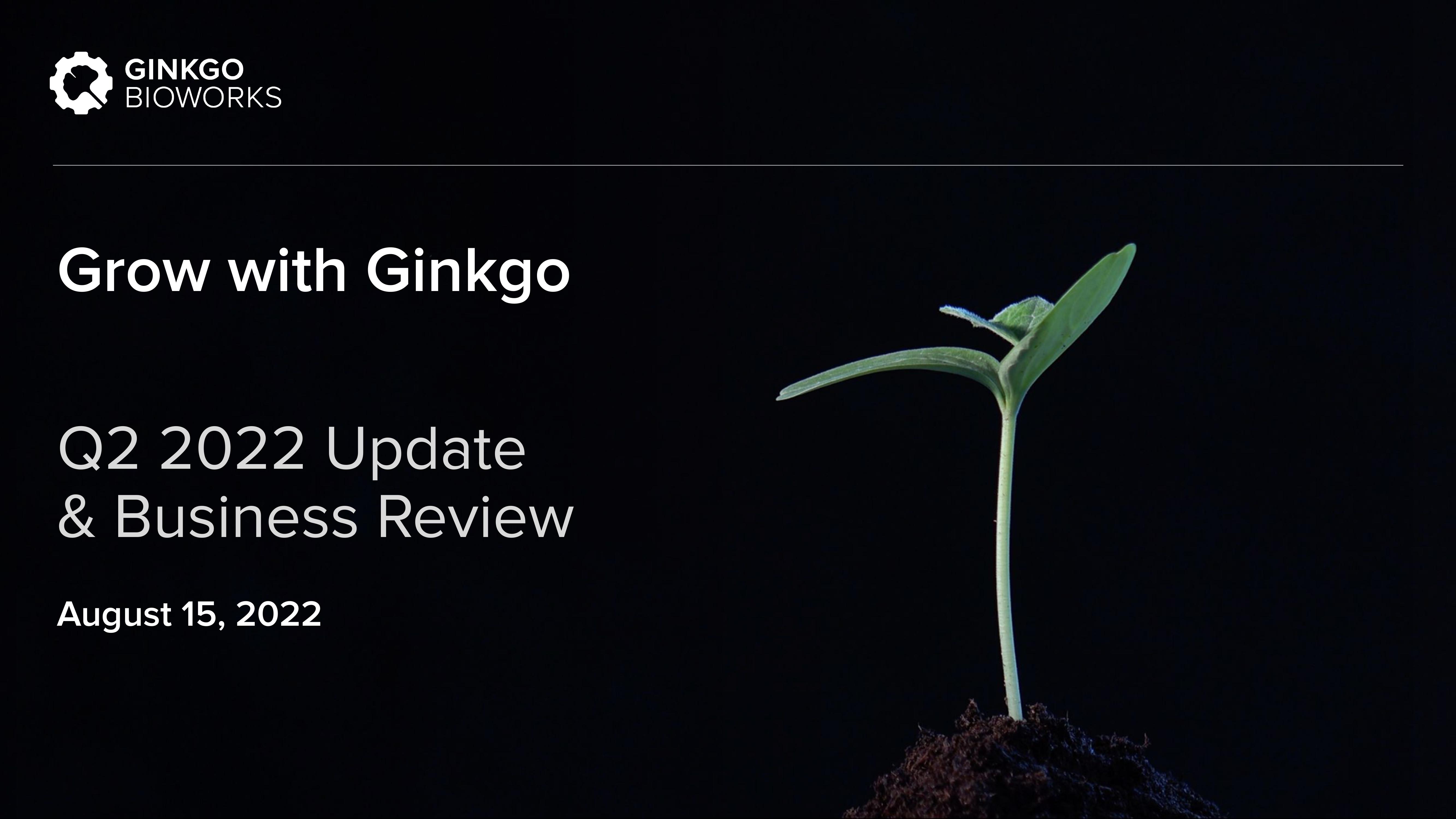Cage Culture Aquaculture Overview
Made public by
Not specified
sourced by PitchSend
Creator
Not specified
Category
Aquaculture Industry
Published
No date provided
Slides
Transcriptions
Download to PowerPoint
Download presentation as an editable powerpoint.
Related



















































